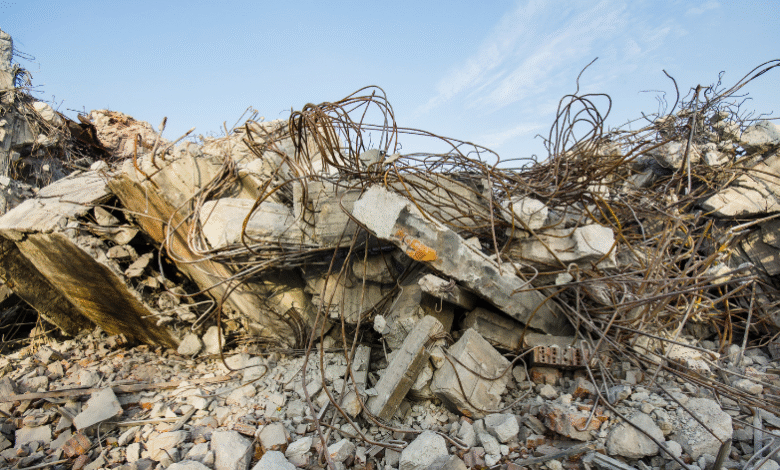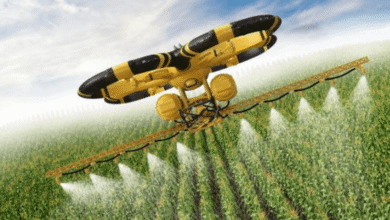What Happens to Your Scrap Metal After It’s Collected at a Scrap Yard

Before metals can be reused, they must go through a structured recycling process. When you drop off your materials at a scrap yard in Georgia, the process that follows is much more than simple disposal. Scrap yards are essential for turning discarded metals into valuable resources, feeding industries that rely on sustainable supply chains. By collecting, sorting, and processing metals, these facilities ensure that what was once considered waste finds new life in construction, manufacturing, and countless other applications.
Sorting and Separating Materials
The first step after collection is sorting. Metals are separated based on type, such as aluminum, copper, steel, and brass. Advanced machinery and manual inspection are often combined to ensure accuracy. Proper sorting is critical because each type of metal has its own recycling pathway and market value.
Understanding the scrap yard vs junkyard helps clarify the distinction; while junkyards focus more on reselling parts, scrap yards specialize in processing metals for recycling. This focus makes scrap yards key players in efficient resource recovery.
Processing and Preparation
Once metals are sorted, they are cleaned and prepared for recycling. This can include shredding, shearing, or compacting materials to make them easier to transport and melt. These processes also maximize the efficiency of recycling facilities by reducing bulk and increasing the purity of metals. The preparation stage ensures that materials meet industry standards, allowing them to be reused in manufacturing without compromising quality.
Melting and Refining
After processing, metals are transported to refineries or smelting plants where they are melted down at extremely high temperatures. This step removes impurities and ensures that the recycled material meets strict quality requirements.
By refining metals, scrap yards help create raw materials that can be used just like virgin metals, but at a fraction of the environmental and financial cost.
Redistribution into Industries
Recycled metals are then distributed back into industries such as construction, automotive, electronics, and energy. These metals are used to manufacture new products ranging from building beams and wiring to machinery and consumer goods.
Businesses that work closely with recycling facilities benefit from reliable, cost-effective supplies. In fact, the role of partnering with a scrap yard simplifies metal disposal for businesses, highlighting how companies save both time and resources by relying on scrap yards for responsible material handling.
Environmental and Economic Benefits
Recycling scrap metal through scrap yards reduces landfill waste, lowers greenhouse gas emissions, and conserves natural resources. Economically, it reduces the need for expensive raw material mining and creates jobs in the recycling and manufacturing sectors. This combination of environmental and economic benefits makes scrap yards indispensable to both local communities and global industries.
Conclusion
What happens to scrap metal after it reaches a yard is a carefully structured process involving sorting, processing, refining, and redistribution. Scrap yards transform waste into valuable resources, supporting industries while reducing environmental impact. By working with scrap yards, individuals and businesses contribute to a more sustainable cycle where metals are continuously reused rather than discarded.




